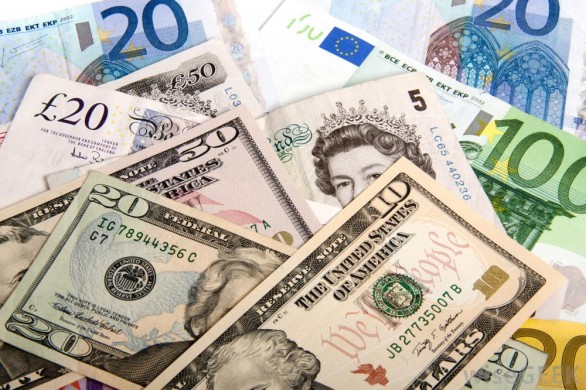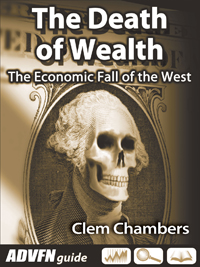Yesterday, Britain’s jobless rate figures were published for Q4 of 2016, indicating an 11-year low of 4.8% as firms keep hiring workers post-Brexit, but wage growth had reduced.
The number of people in work grew by 37,000 in Q4, confirming 31.84 million people are in work, up by more than 302,000 employees from a year earlier, a record high year-on-year. The number of people out of work fell by 7,000 in the same period, taking the total figure down to 1.6 million.
Wage growth was weaker, but expected, with average earnings excluding bonuses rising by 2.6% in Q4, down from 2.7% from previous reading. Wednesday’s report also shows that real wage growth in the UK economy has now tumbled to a two-year low, putting pressure on normal households.
EU and Canada approve trade deal
The EU and Canada look to have approved a trade deal, with members seemingly accepting the agreement. The trade agreement between the pair is expected to create a further 20% boost between economies from the existing £51billion they share. Belgium’s ex-Prime Minister has welcomed the news, declaring that the pact is ‘tearing down tariffs whilst Trump makes it more difficult’.
CPI in US leaps to 5 year high
Consumer Price Index for the US leapt to a 5 year high, as higher oil prices took hold of the global markets. January’s numbers grew by 0.6%, meaning inflation in the US now stands at 2.6%, which is higher than forecasts predicted. Like the UK and Eurozone, the US see 2% as an acceptable level.
With Donald Trump wanting to get government investment as high as $1billion, inflation could set to rise further and break the 3% levels in 2017.
Data to come
This morning in Australia, the unemployment rate fell from 5.8% to 5.7%, giving AUD a slight lift. Data today is thin, with the US in the spotlight. US Housing Permits and Initial jobless claims are out for viewing, with the Phili Fed Business Outlook for consumption this afternoon.


 Hot Features
Hot Features













